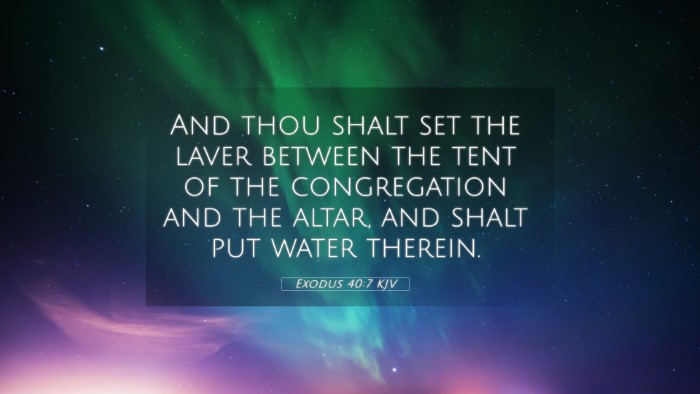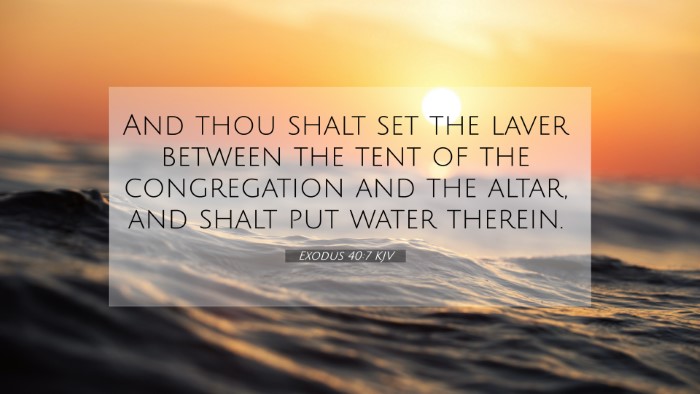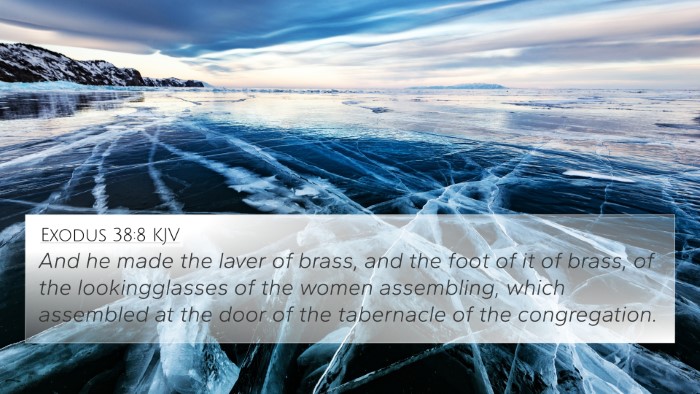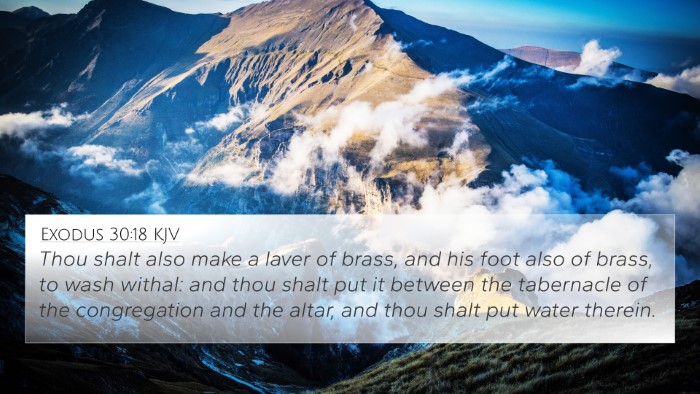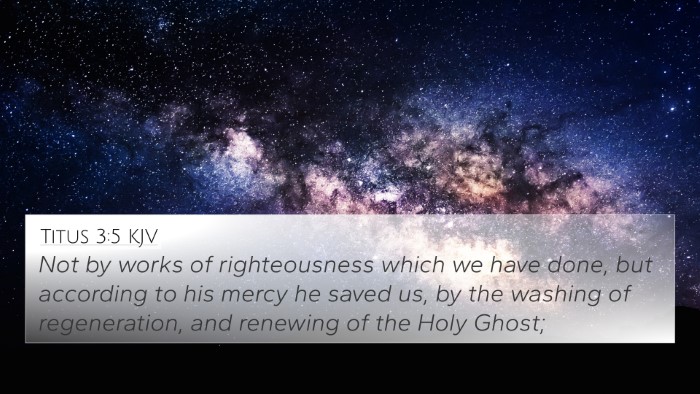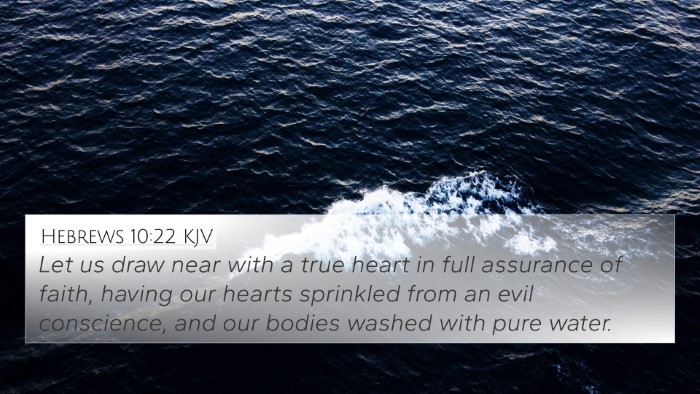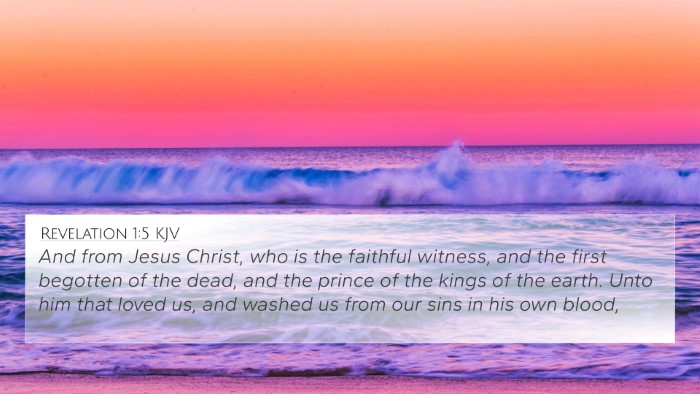Understanding Exodus 40:7
Exodus 40:7 states, "And thou shalt put the laver between the tent of the congregation and the altar, and thou shalt put water therein." This verse highlights the importance of the laver in the tabernacle and its function in the services of worship. Here we explore its significance through various public domain commentaries, linking insights for deeper understanding.
Summary of Commentary Insights
This verse is pivotal in establishing the proper worship in the tabernacle. The laver, a basin for washing, illustrates the need for purification before approaching God. The placement of the laver between the tent of meeting (the tabernacle) and the altar symbolizes the necessary cleansing process prior to offering sacrifices.
Matthew Henry's Commentary
Henry emphasizes that the laver served as a symbol of both physical and spiritual purification. He explicates that without proper cleansing, no service is acceptable to God. The water in the laver represents the Word of God, which cleanses and prepares individuals for communion with the Almighty.
Albert Barnes' Commentary
Barnes provides insight into the practical use of the laver. It was essential for the priests to wash their hands and feet before ministering at the altar—this is indicative of the need for moral and spiritual purity before engaging in sacred duties. He draws parallels to the New Testament, where Christ's washing of His disciples signifies the greater cleansing offered through Him.
Adam Clarke's Commentary
Clarke elaborates on the significance of the water in the laver. He discusses how this practice of washing foreshadows the ultimate cleansing provided by Christ. He notes that the location of the laver—between the altar and the tabernacle—indicates the need for purification to be positioned within the worship process, enhancing the understanding of sacrificial atonement.
Bible Cross-References
Exodus 40:7 is linked to several other Scriptures that illustrate the theme of purification and holiness:
- Exodus 30:18-21: Instructions about the laver and its use in the tabernacle.
- Leviticus 11:44: Call for holiness, foreshadowing the need for purification.
- John 13:10: Jesus emphasizes the necessity of spiritual cleansing.
- Psalms 51:7: David's prayer for purification, signifying spiritual renewal.
- 1 Corinthians 6:11: The cleansing power of Jesus in our spiritual lives, connecting the concepts of purification.
- Titus 3:5: The renewing work of the Holy Spirit as a means of purification.
- Ephesians 5:26: The washing of water through the Word for spiritual sanctification.
Connections Between Bible Verses
The thematic connections in Scripture are profound, establishing a dialogue across both Old and New Testaments. The laver's role in Exodus resonates with the teachings of Jesus regarding purification and cleansing. Understanding this interconnectedness enhances the interpretation of these passages, revealing deeper insights into God’s redemptive plan.
Utilizing Cross-References for Bible Study
When examining Exodus 40:7, it is essential to consider tools for Bible cross-referencing that facilitate a comprehensive study. Here are some approaches:
- Bible Concordance: An index for finding words and their occurrences across the Scriptures.
- Bible Cross-Reference Guide: A resource that outlines related verses for in-depth study.
- Cross-Reference Bible Study: Methods to evaluate themes across different books of the Bible.
- Bible Reference Resources: Various tools available for deeper exploration of scriptural connections.
Conclusion
Exodus 40:7 encapsulates significant theological truths about purification and worship practices in ancient Israel. The symbolism present in the laver underscores the need for holiness when approaching God, a theme that resonates throughout the entire biblical narrative. By cross-referencing related verses, students of the Bible can gain a more profound understanding of God's redemptive message woven through Scripture.
Final Thoughts
In studying Exodus 40:7, one can reflect on the importance of spiritual cleanliness and the continuous need for purification in the life of the believer. Engaging in cross-references can transform our understanding and appreciation of biblical texts, revealing the cohesive narrative that points towards redemption through Jesus Christ.

